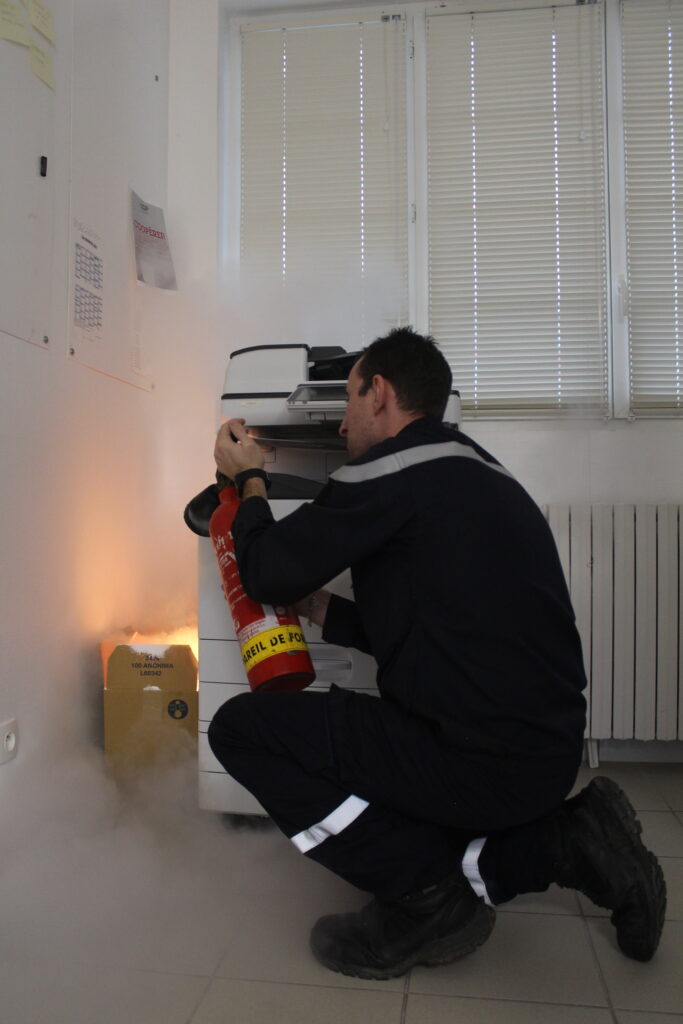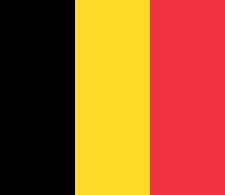How to use a CO2 extinguisher

Carbon dioxide (CO₂) extinguishers are particularly effective for putting out Class B fires (flammable liquids) and electrical fires. Here's a detailed guide to their use to ensure your safety and that of your surroundings.
CO2 extinguishers, for what type of fire?
CO2 extinguishers are ideal for fires involving electrical equipment and flammable liquids (Class B), as carbon dioxide smothers the fire without leaving any residue, thus preventing damage to electronic equipment.
How do I operate a carbon dioxide CO2 extinguisher?
A CO2 or carbon dioxide extinguisher, with a capacity of 2 to 5 kg, consists of a steel or aluminum body and an extinguishing head extended by a nozzle.
This diffuser can be conical for the 2Kg models, or in the form of an elongated blunderbuss at the end of a pipe on the 5Kg models.
In CO2 extinguishers, carbon dioxide is both the propellant and the extinguishing agent. CO2 is present in the cylinder in compressed, liquefied and gaseous form. The extinguishing mode uses two states of the product:
- cooling due to the expansion of the gas (which creates "dry ice"). The temperature of the carbon dioxide at the diffuser outlet is -78°C in the dry ice state.
- reducing the oxygen content of the immediate environment, thus suffocating it.
What precautions need to be taken when using a CO2 extinguisher?
The device operates mechanically: by releasing the handle and removing the pin, carbon dioxide can be sprayed via the dip tube and diffuser onto the fire to be extinguished.
The temperature of carbon dioxide leaving the diffuser is -52°C as a gas and -78°C as dry ice. Expansion of the gas therefore creates intense cold. To avoid frostbite during handling, hold the extinguisher by the handle, not by the body.
The fire attack distance varies between 1.5 and 0.5 meters for a carbon dioxide extinguisher.
Read our other articles here! :


